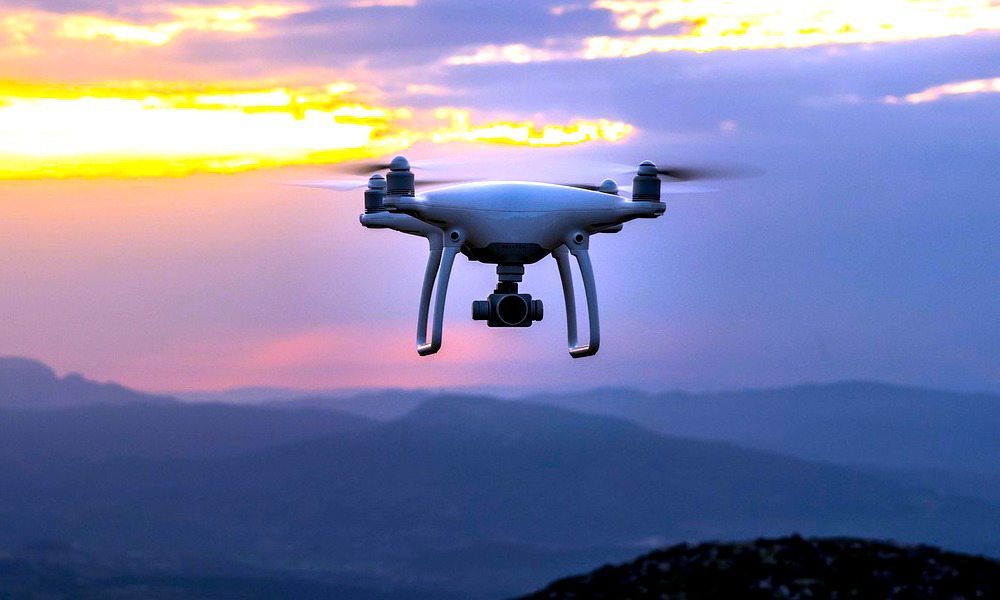Drone Delivery Test Programs Are Taking off Across the Globe

Toggle Dark Mode
Sooner, rather than later, we might see delivery drones become a routine part of our everyday lives. The use of drones to deliver packages, mail and other goods has certainly reached a milestone in 2016 — but by no means has it reached a plateau.
Amazon made its first home delivery via drone this month in a rural area of England. The package, which contained a Fire TV and a bag of popcorn, took just 13 minutes to reach its destination, according to the Wall Street Journal. An Amazon video documenting the delivery showed the drone taking off from a dedicated Amazon facility and dropping off the package on the customer’s front lawn.
The service, known as Prime Air, is still in its testing phase. In the coming months, Amazon plans to expand the test from two customers in the rural English farmland to several dozens. Despite the small pilot program, the delivery was certainly a major accomplishment for Amazon, who has been struggling with various hurdles and government regulations for three years. Ever forward-thinking, Amazon has also recently received a patent that covered technology for anti-hacking measures to be embedded into its delivery drones, CNBC reported.
Not to be outdone, France is reportedly becoming the first country to use delivery drones for its national mail service. The test program will see helicopter-like drones carrying packages to recipients in a 9.3-mile route in the Provence region of the country, according to Engadget. DPDgroup, a subsidiary of France’s national mail service, is focusing on using the drones for commercial customers — so it’s not exactly comparable to Amazon’s consumer-based service.
But both France and Amazon could stand to take some notes from 7-11.
The convenience store chain also announced this month that it had completed 77 deliveries using drones in Reno, Nevada. Partnered with drone startup Flirtey, 7-11 delivered snacks, food and medicine to a dozen customers who live within a one-mile radius of the test store, according to Fortune. Unlike Amazon’s rural pilot program, the 7-11 deliveries took place in a densely populated urban environment. And what’s really astounding is that a convenience store seems to have beaten Amazon and other tech behemoths to the punch of making regular deliveries in the U.S.
These drone test programs aren’t the only ones. Google has operated a drone delivery division since 2012, Flirtey has been delivering Domino’s pizzas in New Zealand since last month, and the United Parcel Service is also testing commercial drone deliveries, the WSJ reported.
But despite these achievements, there are still a variety of Federal Aviation Administration restrictions that are preventing companies from rolling out larger-scale drone delivery services. The FAA loosened some of the regulations in August, but they still require drones to fly below 400 feet and remain within line-of-sight of a human operator, Investopedia reported.






